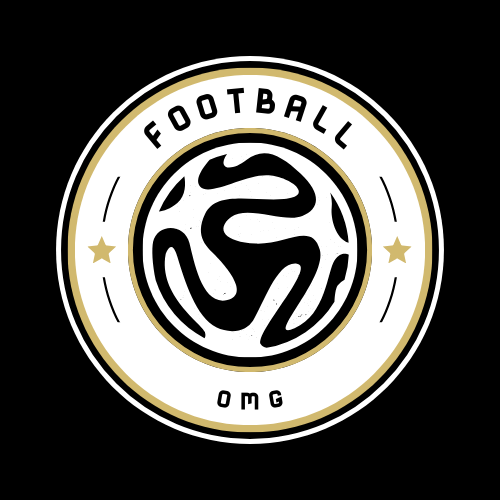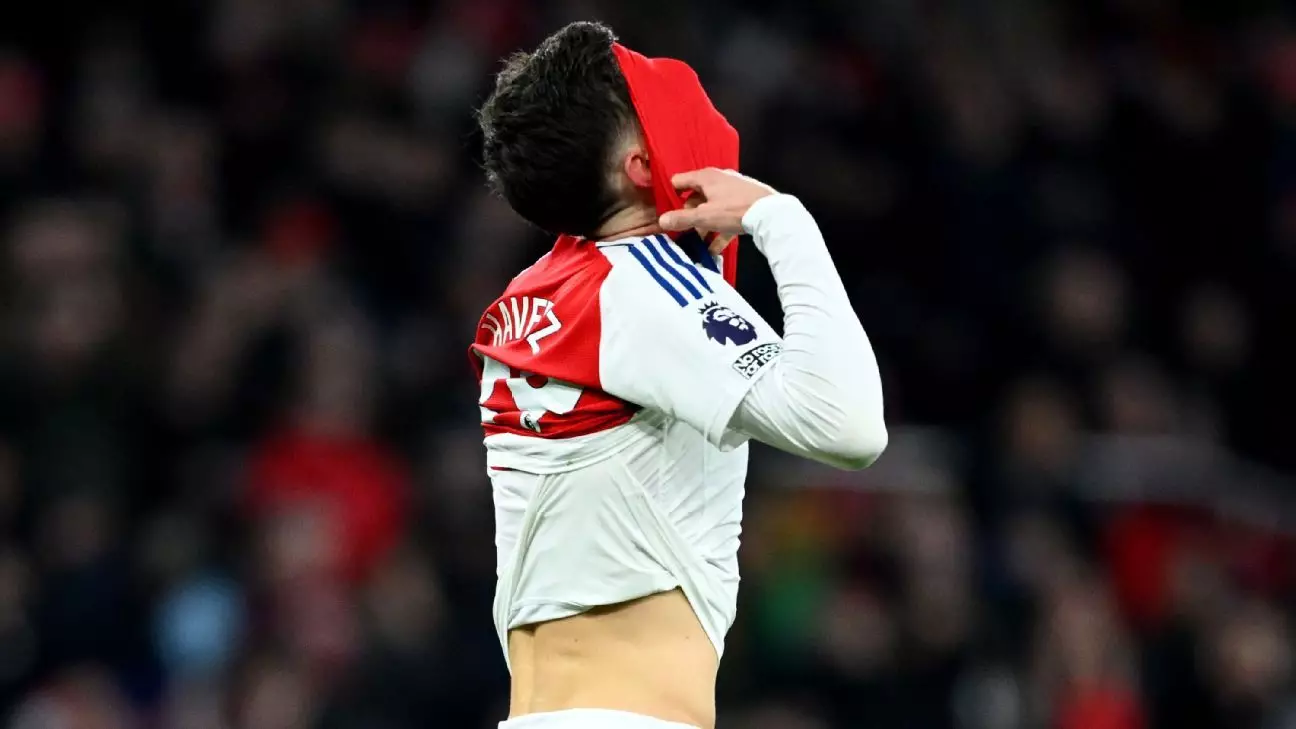Arsenal FC finds itself grappling with a significant setback as the club confirmed that Kai Havertz will be sidelined for the remainder of the season. The talented forward suffered a hamstring injury during the team’s midseason training camp in Dubai, an unfortunate twist that intensifies the club’s existing challenges in their campaign. With Havertz facing surgery shortly, Arsenal must navigate a crucial period without two of their key forwards, as Gabriel Jesus is already on the sidelines due to a knee surgery that will keep him out for the rest of the season. This series of injuries puts immense pressure on the squad and could jeopardize the team’s ambitions as they strive for success on multiple fronts.
Havertz has emerged as a pivotal figure for the Gunners this season, contributing significantly with 15 goals across all competitions. His absence from Mikel Arteta’s squad is not only felt on the pitch but also as a strategic setback for the entire team dynamic. Arsenal’s official statement confirmed that Havertz will commence a substantial recovery process post-surgery, which is likely to extend well into the offseason. The club’s commitment to ensuring his full recovery underscores their long-term vision, yet it raises immediate concerns regarding depth in the attacking department.
This injury scenario raises critical discussions about Arsenal’s transfer strategy, specifically their decision not to bolster their attacking options during the January transfer window. Arteta expressed disappointment at the club’s inability to secure a new striker, particularly after a rejected bid for Aston Villa’s Ollie Watkins. The absence of key players who could have filled the void left by Havertz and Jesus highlights a frailty in their roster management. With long-term targets like Benjamin Sesko and Alexander Isak becoming unavailable, Arsenal’s offensive strategy comes into question at a time when they desperately need to fill the gap left by injuries.
Looking Ahead: Recovery and Future Prospects
On a more positive note, the anticipated return of Bukayo Saka provides a glimmer of hope for Arsenal’s attacking front. After missing significant playtime due to his own hamstring injury, Saka’s return to light training offers a ray of optimism for both the player and the club. His recovery trajectory suggests he could play a key role in the latter part of the season, yet expectations should be tempered given the context of his earlier injury and the need for full fitness.
As Arsenal navigates these tumultuous waters marked by significant injuries and challenging decisions, the focus will inevitably shift toward how effectively the management can adapt. With a mix of hope for returning players and disappointment over missed transfer opportunities, the club must find a way to remain competitive amidst adversity. Only time will tell if they can overcome these hurdles and finish the season strong.

